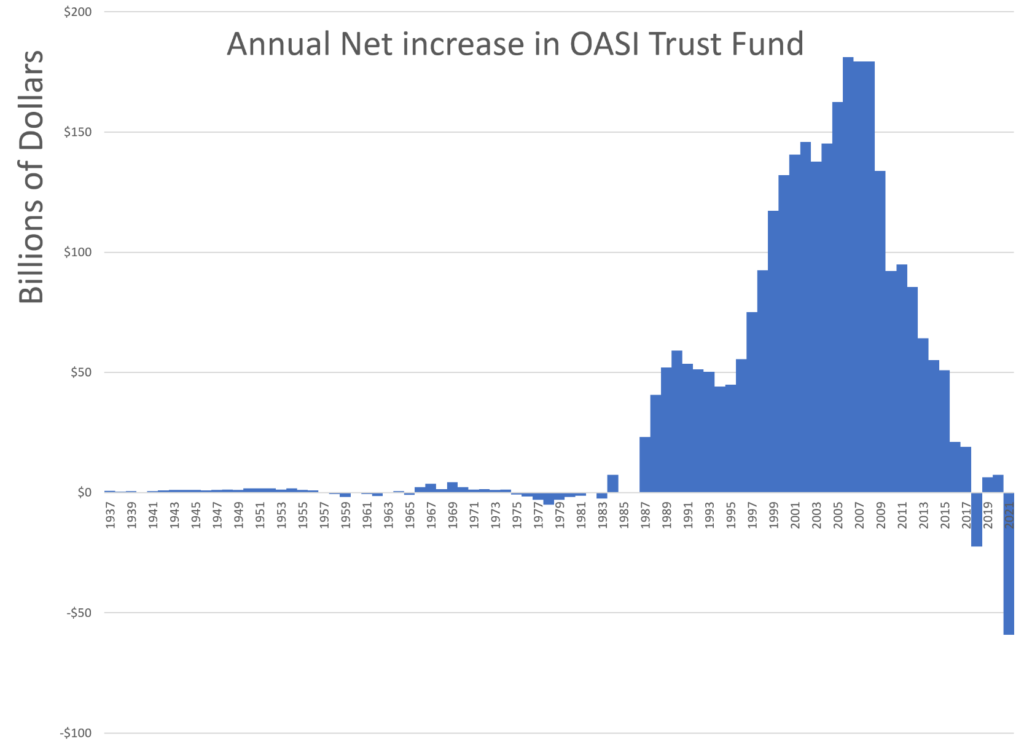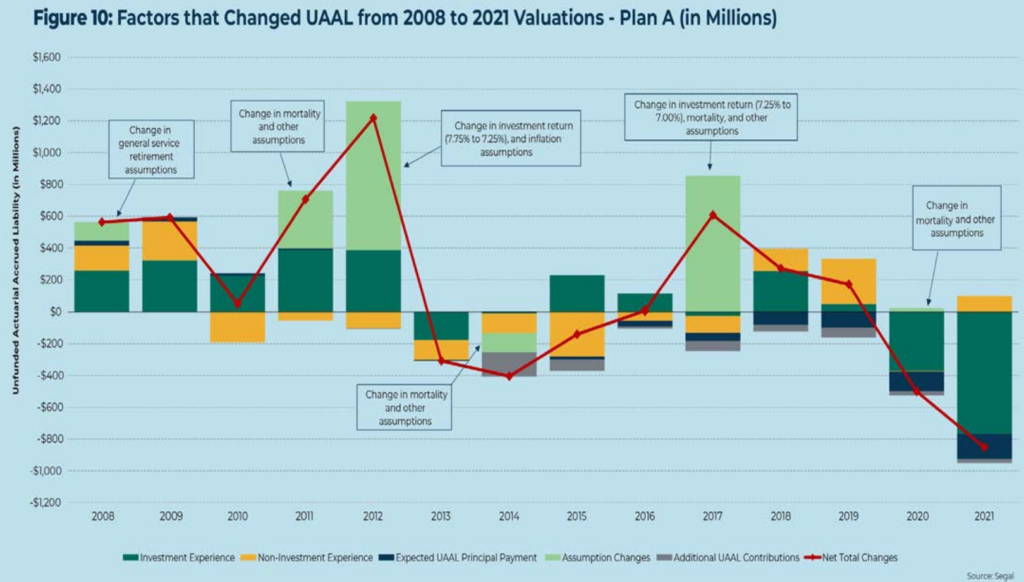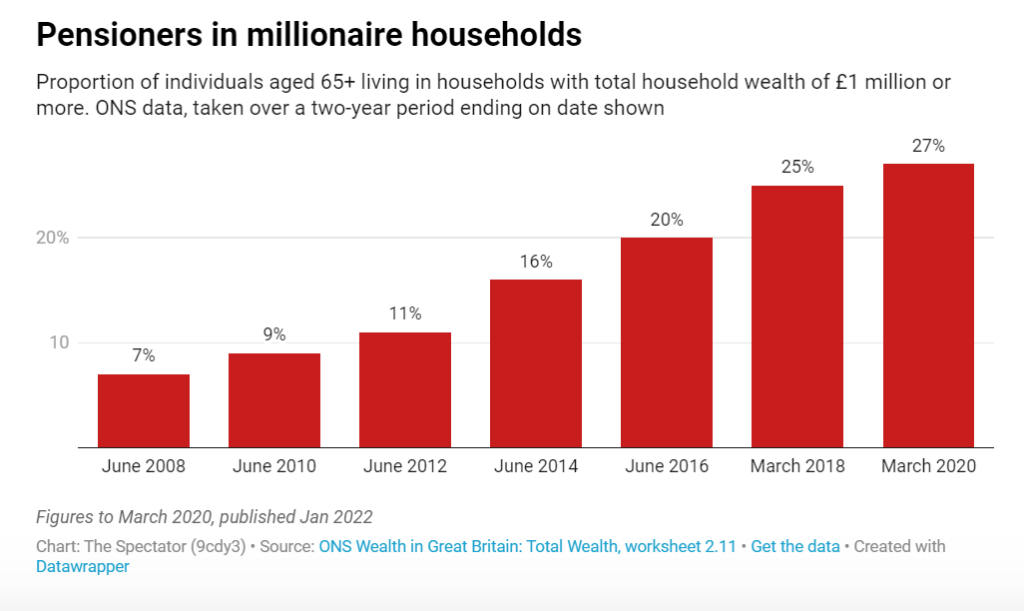Link: https://www.ai-cio.com/news/blackrocks-red-state-woes-continue-as-florida-divests/
Excerpt:
State Chief Financial Officer Jimmy Patronis announced Thursday that the Florida Treasury will begin divesting $2 billion worth of assets currently under management by BlackRock.
BlackRock managed $1.43 billion of Florida’s long duration portfolio, which includes investments such as corporate bonds, asset-backed securities and municipal bonds. Additionally, BlackRock managed $600 million of Florida funds in a short-term treasury fund, which invests in short-term and overnight investments.
Patronis cited efforts by BlackRock and its CEO, Larry Fink, to embrace environmental, social and governance investment principles as the reason Florida will pull the funds from the manager.. In the wake of the announcement, the state will freeze the $1.43 billion in long-term securities at its custodial bank.
….
“It’s my responsibility to get the best returns possible for taxpayers,” Patronis said in the statement. “The more effective we are in investing dollars to generate a return, the more effective we’ll be in funding priorities like schools, hospitals and roads. As major banking institutions and economists predict a recession in the coming year, and as the Fed increases interest rates to combat the inflation crisis, I need partners within the financial services industry who are as committed to the bottom line as we are – and I don’t trust BlackRock’s ability to deliver. As Larry Fink stated to CEOs, ‘Access to capital is not a right. It is a privilege.’ As Florida’s CFO, I agree wholeheartedly, so we’ll be taking Larry up on his offer.”
Author(s): Dusty Hagedorn
Publication Date: 2 December 2022
Publication Site: ai-CIO



